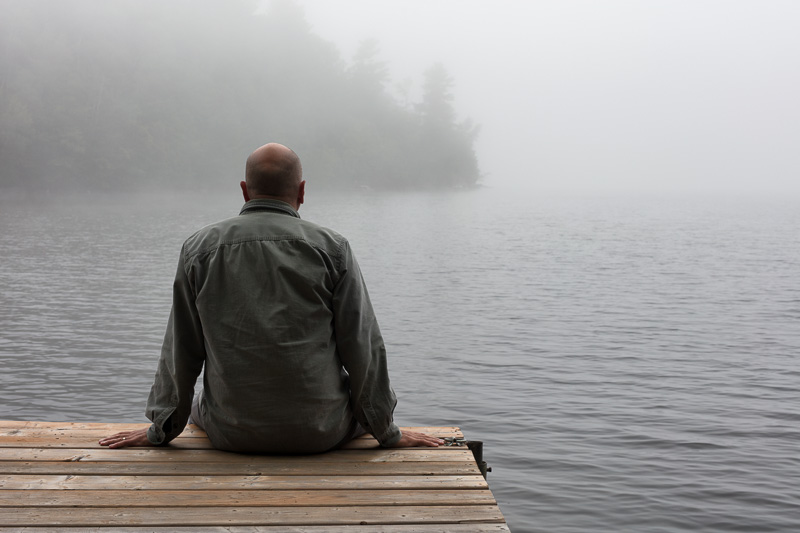Nouspique is an investigation into the power words and images hold over our lives. What that means is, itself, the subject of an ongoing investigation. Nouspique, then, is a meta-investigation. It is a space to work things out.
Working Things Out
Let me share a childhood memory—words and images. Aching to pee, I barged into the bathroom and found my grandfather in the throes of a difficult bowel movement. He looked up from his effort and, maybe noting the astonishment on my face, smiled. My astonishment was compounded by the fact that my grandfather was a theologian who had a study lined with books in Latin, Koine Greek, and Hebrew, and whose strict moral bearing announced itself through his physique which was gaunt and severe. To my childhood self, it was inconceivable that such a man would need to shit. Working things out. It is an image that lingers, and I remember it against a backdrop of floating letters, iotas and upsilons, alephs and gimels. It is my hope that visitors to this site, behaving as I did when I was a child, will barge in on me in the act of working things out, and (sometimes, I hope) will respond with astonishment, not the blunt astonishment of disgust, but the more sociable astonishment of feeling one’s complacency unseated.
In Principio
In its earliest days (2004), Nouspique climbed out of the slimy blog and evolved until, assuming a hairy apelike form, it declared itself an investigation into the power of words. This was a natural evolution given my formal education, degrees in each of English literature, Law, and Theology. From its own point of departure, each of these disciplines had equipped me with interpretive strategies when approaching text. For ten years, I proceeded to work things out in this manner. I have assembled some of my investigations in a convenient ebook which you are free to download here. After ten years, I began to wonder about the power of images and let Nouspique’s wordy concerns slide.
Photomania
The shift to images was not strange for me. I have been making images as long as I have been making words. When I was five, my father gave me a Kodak Instamatic, a few rolls of film, and my first advice: Son, don’t put your finger in front of the lens. This was soon followed by more advice about framing, keeping a straight horizon line, and using my feet as my zoom. But these subsequent investigations persuade me that photography is not a discrete category. Like a poem, or a Supreme Court decision, or a parable, a photograph can be understood as both a thing unto itself subject to interpretation, and as an interpretation of a wider text, the world at large. As such, it has at its disposal the same interpretive tools which are available to its wordier correlates. One need only read Roland Barthes, Susan Sontag, or Geoff Dyer to know that this is so.
Synaesthesia
I experience what is known as Ordinal Linguistic Personification, an inconsequential manifestation of synaesthesia. I perceive ordered sequences of numbers and letters as gendered and with distinctive personalities. In a similar vein, I have synaesthetic-ish experiences whenever I have a migraine headache. Like most sufferers with classic migraine symptoms, I experience fortification hallucinations. The curious thing about these visual hallucinations is that they respond to sound. They shimmer when people speak to me; they explode when someone slams a door. Personal experience teaches me that the distinctive categories we create in the direction of our interpretive practice are arbitrary. They arise from the accidental features of human cognition that persuade us our five senses function independently of one another. Why limit ourselves in this way? Posing that question to myself, I add images to my wordy investigations and resurrect Nouspique as a space to throw discrete sensory experiences into collision with one another.
David Allan Barker, Toronto, 2019
